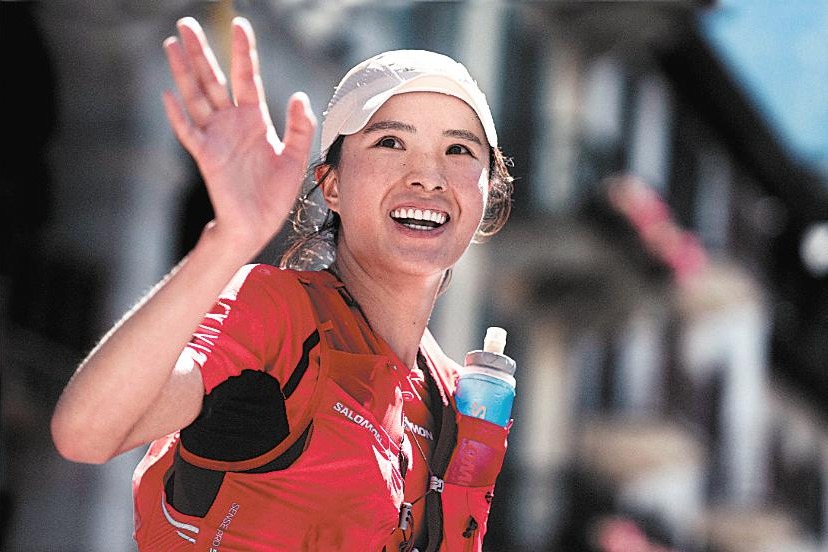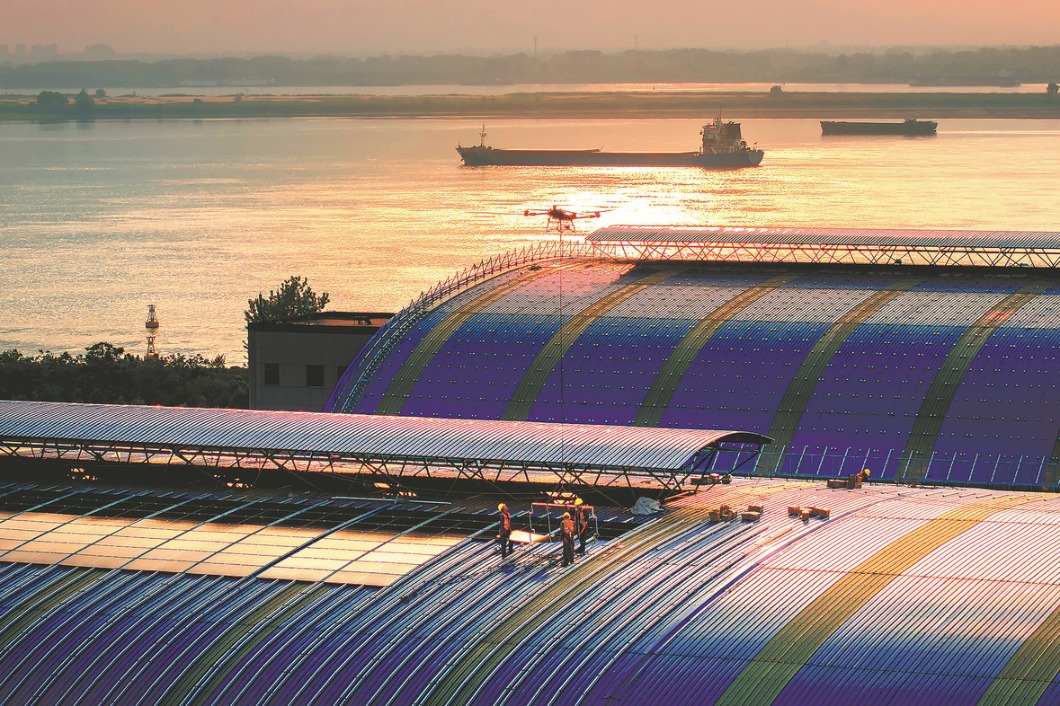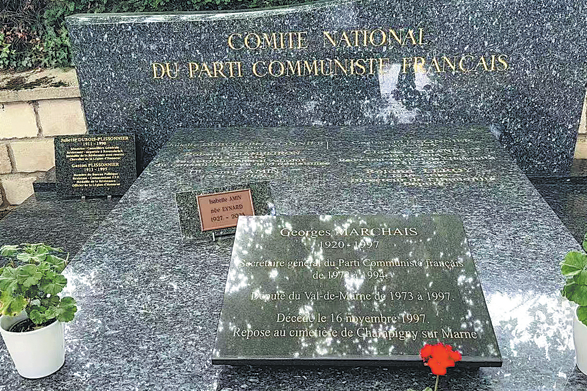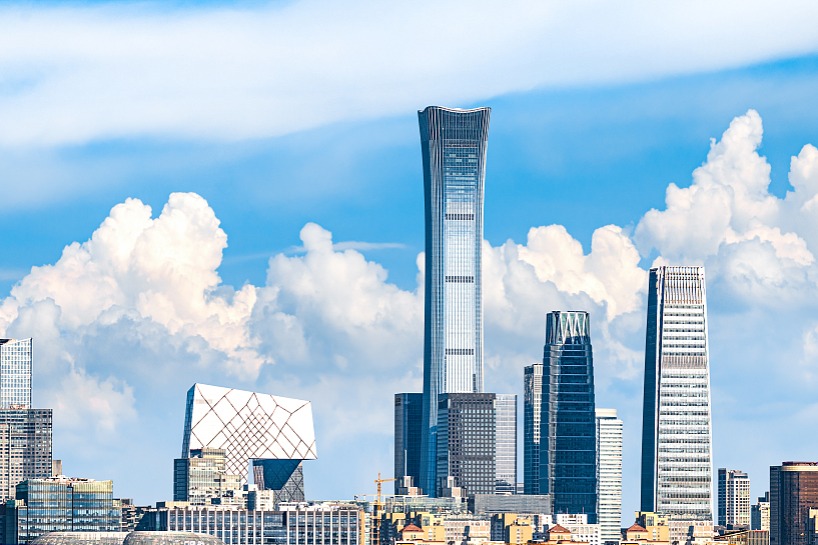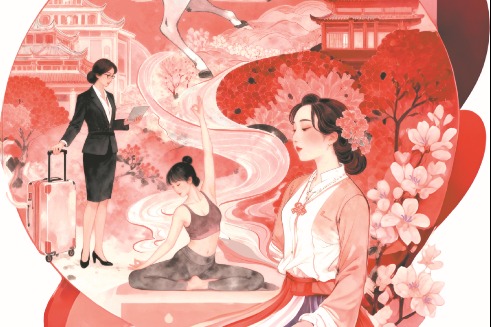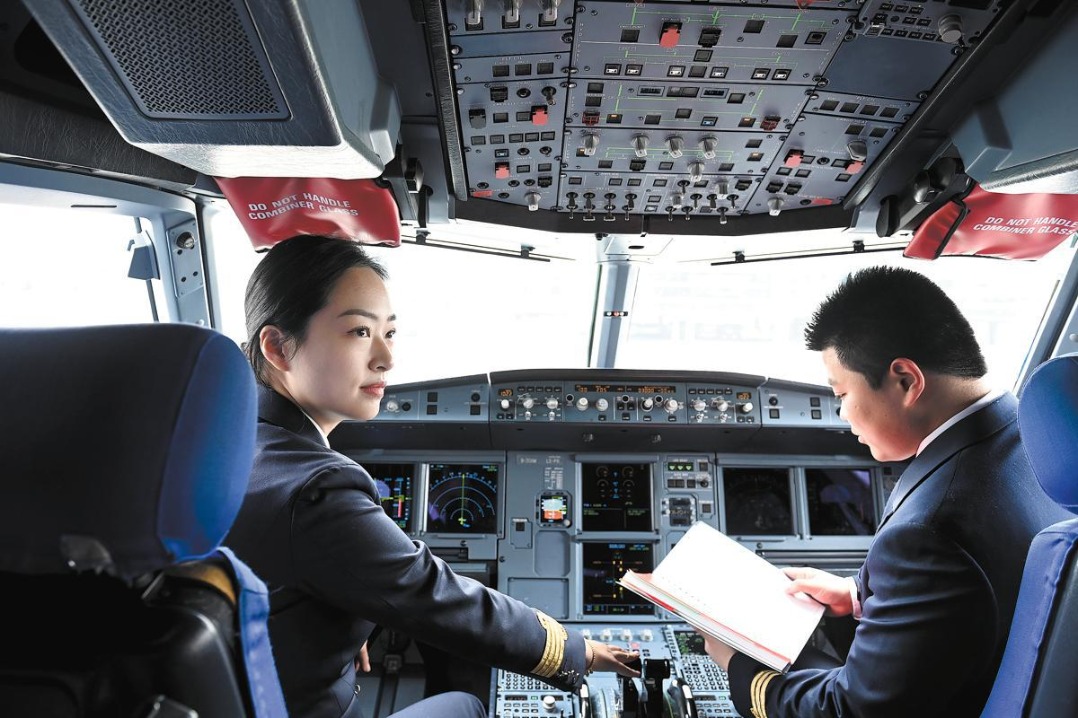A Geographer in the desert - Experiencing Dunhuang in the mid-1990's

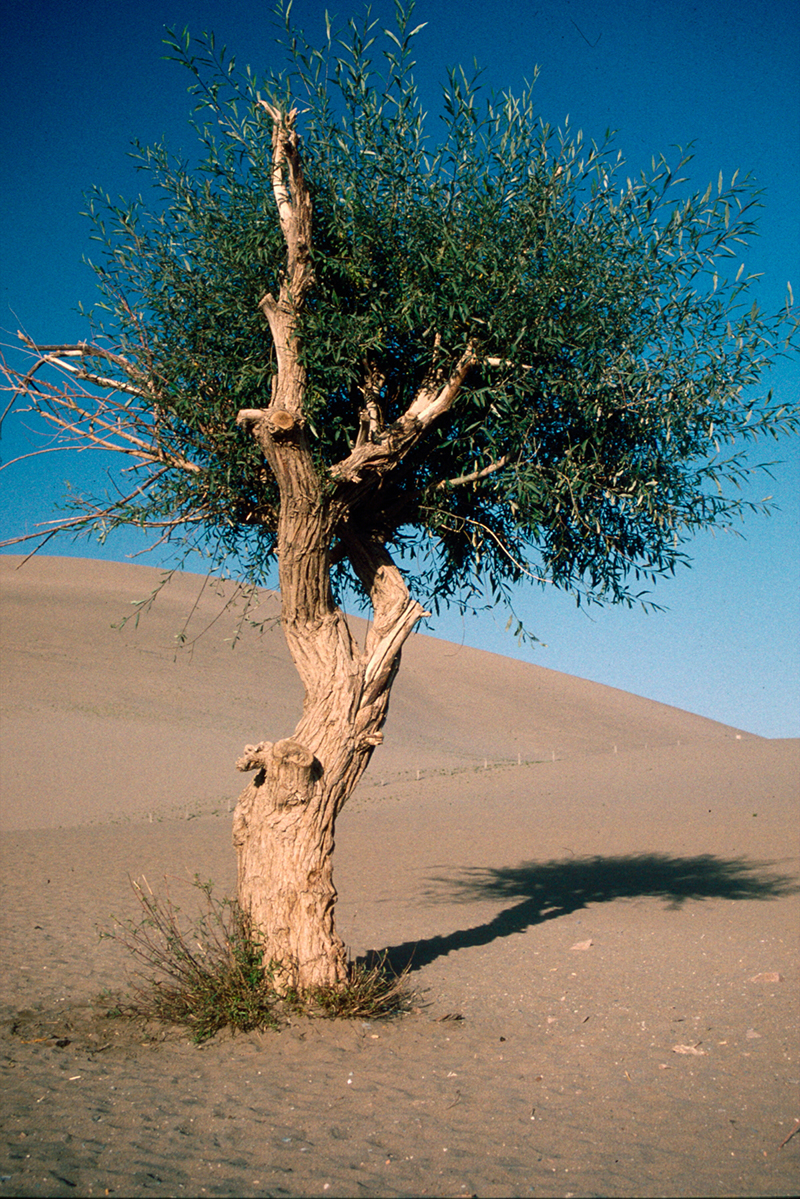
Dunhuang's Mogao Caves are regarded as the most impressive and best kept example of Buddhist cave art anywhere in China. Travelling by small bus out from town in 1996 certainly emphasized Dunhuang as an oasis settlement for the road quickly moved beyond any farming and into seemingly lifeless desert. Near the airport, we turned right onto a well-made highway across salt flats and gravelly wastes. Small mirages were created by the intense sunlight and whiteness of the ground. Eventually set into cliff faces above a small river, there were the grottoes. 492 still exist, with the oldest traditionally dating back to 366 AD. Over the following ten centuries Dunhuang flourished as a major centre of Buddhist culture, enhanced by its position on strategic overland trade routes. Tall trees initially restricted my view of the caves but walking closer I came upon a lofty series of wooden balconies accessing a cave housing the Great Buddha. Originally rock-cut stairways and paths connected the caves, later to be replaced by wooden walkways as the stairs had gradually collapsed. Abandoned and increasingly deteriorating, the caves were apparently rediscovered by Wang, a Daoist monk, in 1900. Many caves, then only be accessible by ropes and temporary ladders, were often filled with windblown sand. Today considerable restoration has gone on to preserve what remains. To prevent farther deterioration most are closed to the public but a select number are carefully managed for visitors. It was fascinating entering a cave excavated right up almost to the cliff top, containing a 31 metre high 'Sitting Buddha' .




















